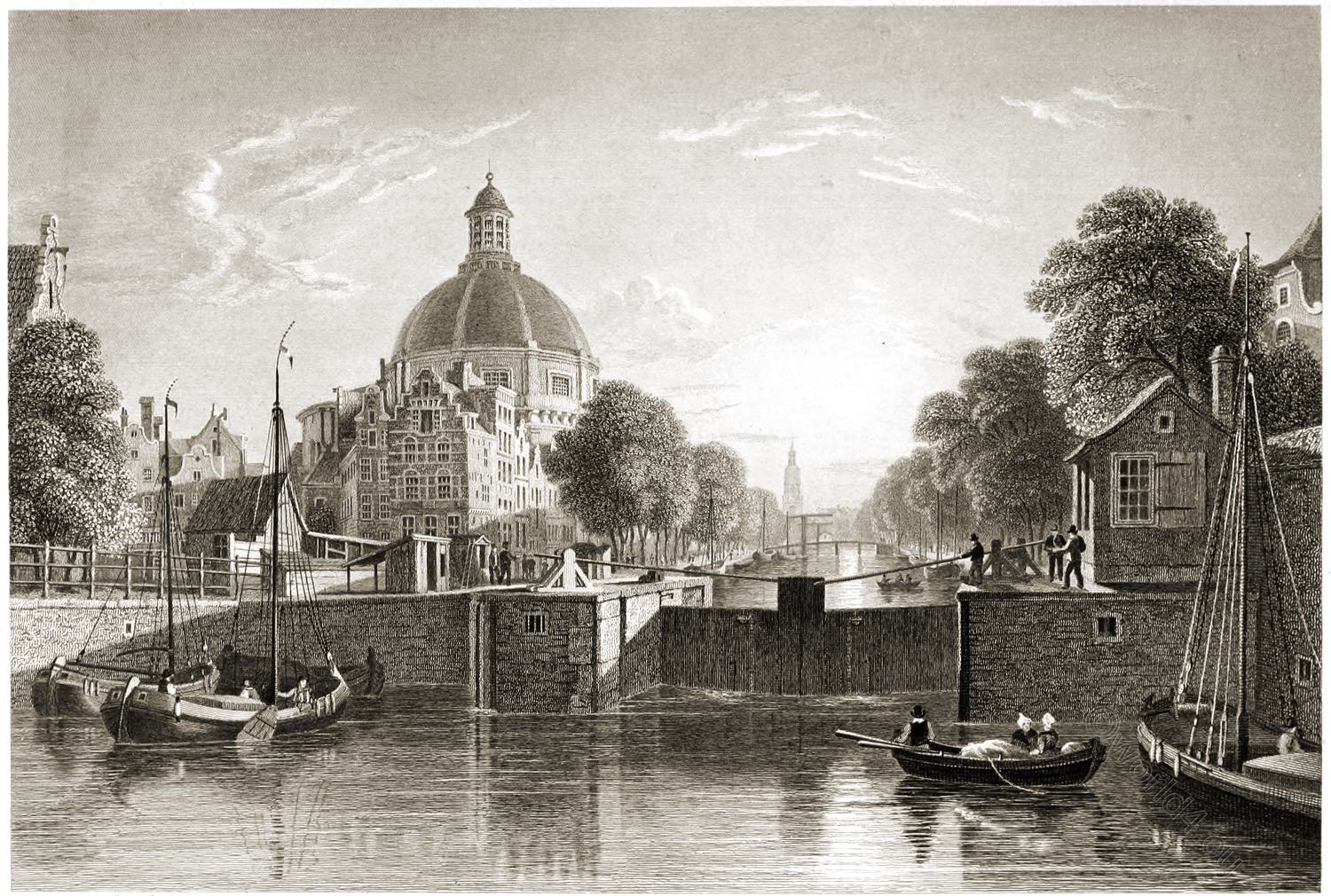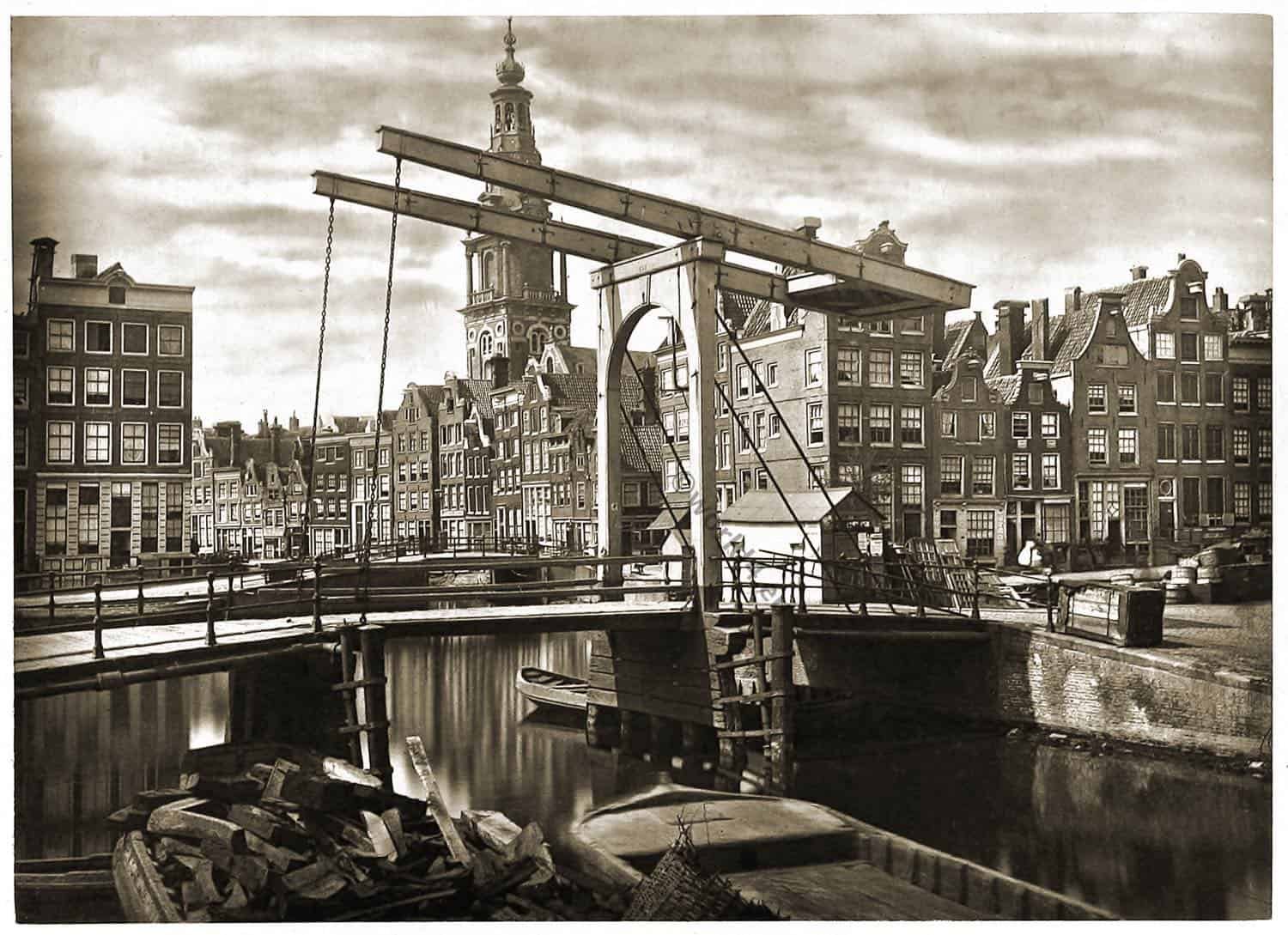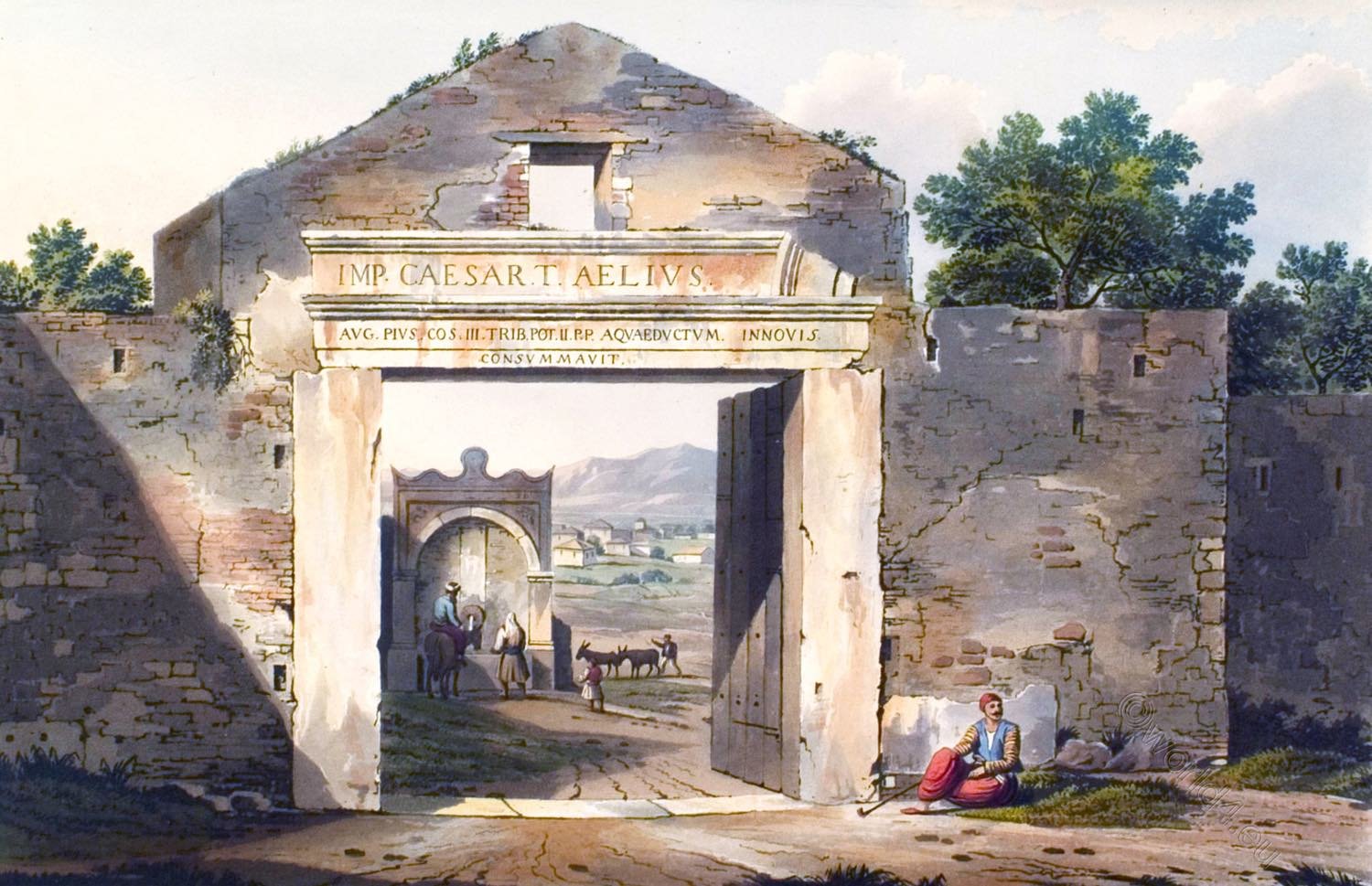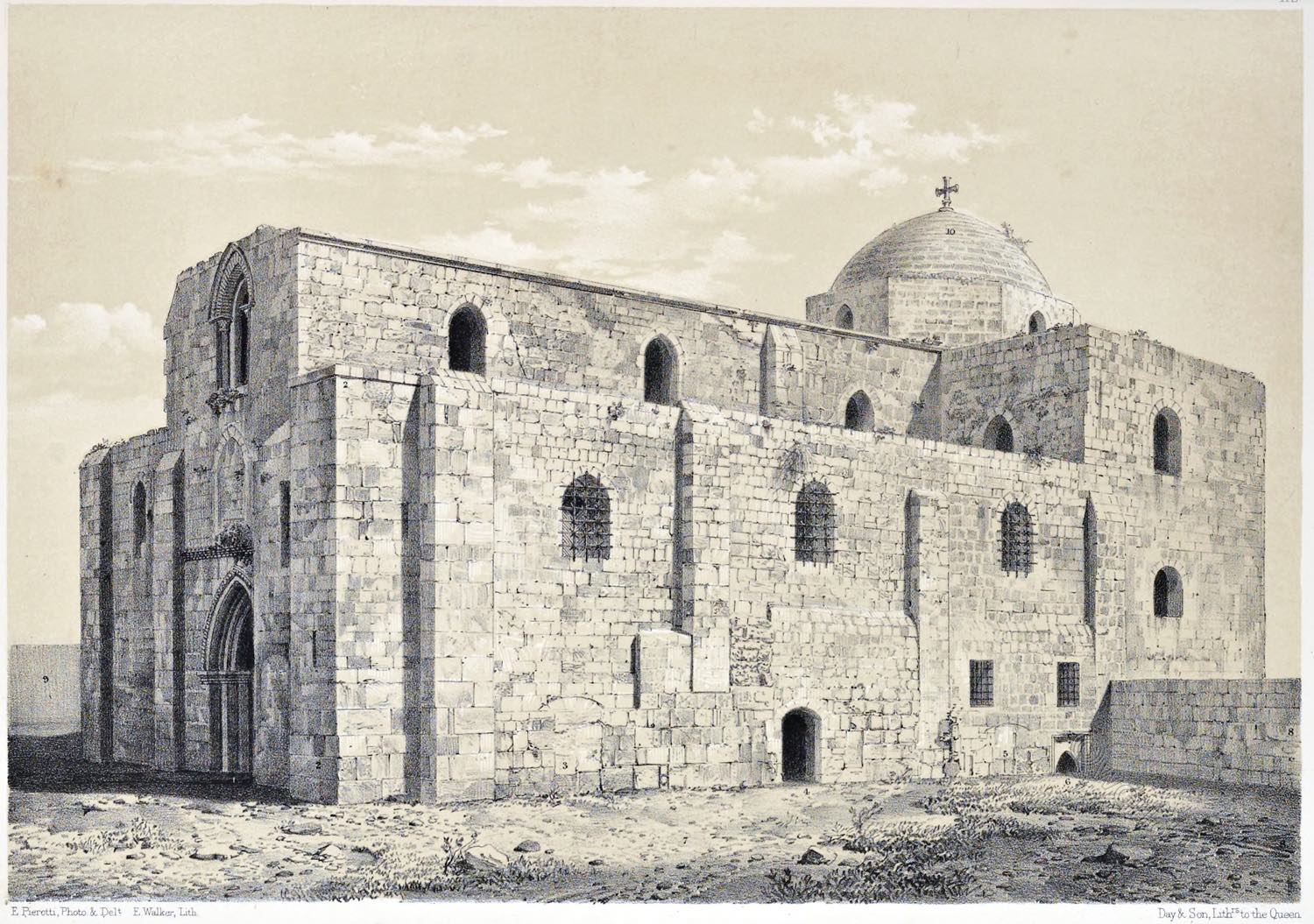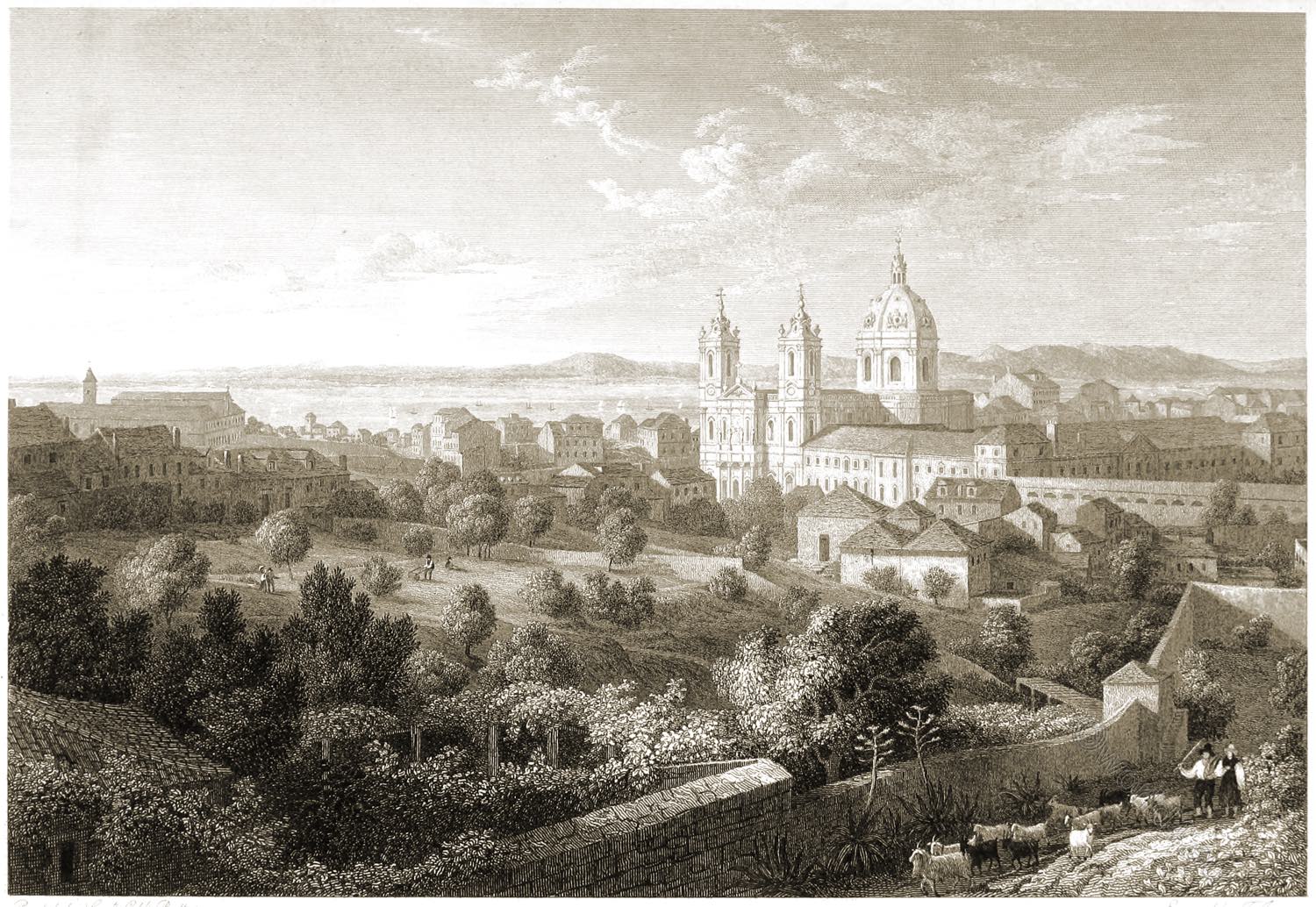
LISBON. FROM THE RUA DE SAN MIGUEL.
CONTINUING our progress from Belem, we trace a range of buildings connecting it with Alcantara and Buenos Ayres, and finally with the ancient city of Lisbon. Alcantara is situated at the mouth of a narrow valley opening upon the Tagus.
Upon the brow of the hill, on the eastern side, is another of the royal residences, called the palace of Necessidades (Portuguese: Palácio das Necessidades); and, stretching across the valley, about a mile above this point, is the far-famed aqueduct which conveys the chief supply of water to the capital. The new and populous quarter of Buenos Ayres (so called, from its being considered the healthiest situation around the capital) covers the steep hills situated in the angle formed by the Alcantara valley and the Tagus.
It contains many handsome buildings, scattered irregularly, and interspersed with gardens. Its streets, however, are generally ill-laid out, many of them leading directly up the steepest acclivities. The most striking edifice in this quarter is the New Church of the Heart of Jesus, or, as it is commonly called, the Estrella.
This beautiful building, which forms the most prominent feature in the annexed view, was, with the large convent to which it appertains, founded by the late Queen Mary. It is entirely constructed of bright warm-colored calcareous stone of the finest texture; and though its architecture will not, perhaps, stand the test of severe critical examination, it is nevertheless a most splendid ornament to the capital. It stands advantageously near the summit of the hill, and forms one of the principal objects, from whichever point we view the capital.
It stands advantageously near the summit of the hill, and forms one of the principal objects, from whichever point we view the capital. Near to this new convent of the Coração de Jesus (the Heart of Jesus) is the old convent of the Estrella, seen on the left in this view; and in the distance we have a prospect of the broad expanse of the Tagus, with its shipping. The horizon is bounded by the distant hills of Palmella and the Serra d’Arabida, trending westward to their termination in the long projecting headland of Cape Espichel.
Source: Select views of some of the principal cities of Europe by Robert Batty. London: Moon, Boys, and Graves, 1832.
Continuing
LISBON.
Convent of St. Geronymo, Belem.
Lisbon, from the Rua de San Miguel.
Lisbon, from the Chapel Hill of Nossa Senhora da Monte.
Lisbon. The Largo do Pelourinho.
Discover more from World4 Costume Culture History
Subscribe to get the latest posts sent to your email.



